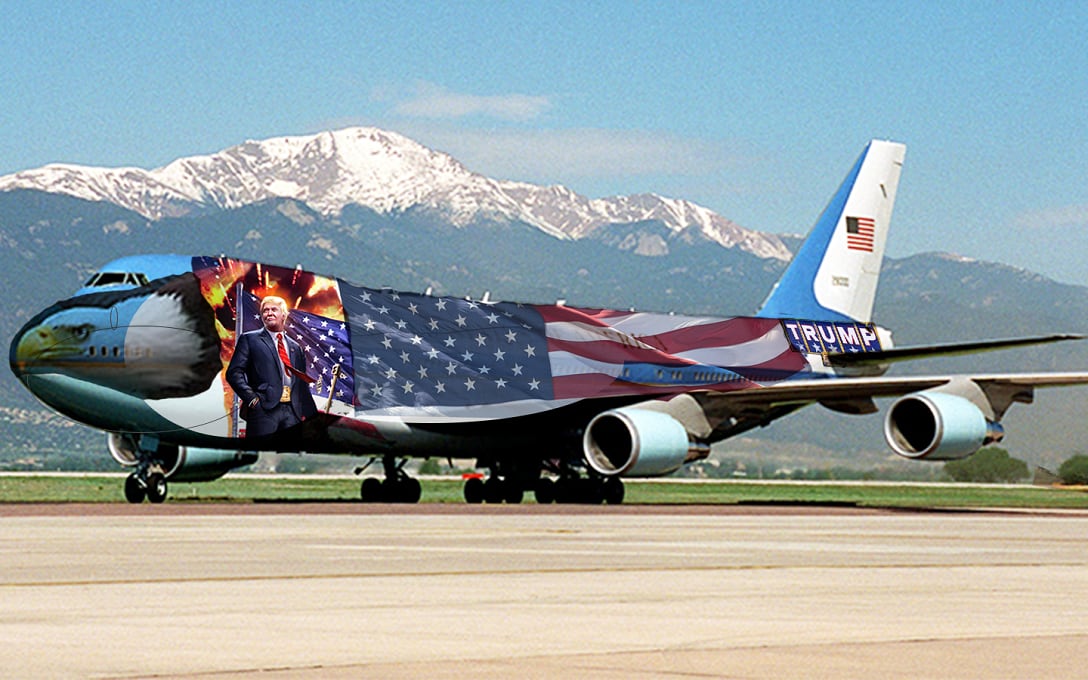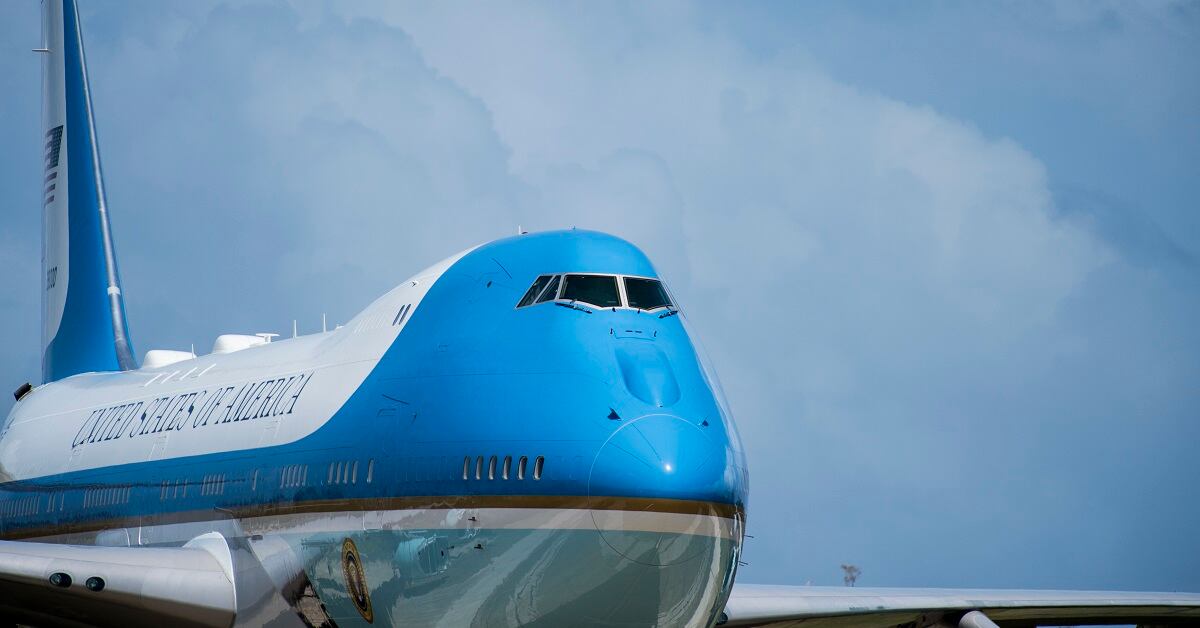President Donald Trump would have to get congressional permission before giving Air Force One a makeover, under a proposal advanced by House Democrats on Wednesday.
In a party line vote in the House Armed Services Committee’s mark-up of the annual defense authorization bill, the panel’s Democrats adopted restrictions on the presidential aircraft’s “paint scheme, interiors and livery” without legislative branch approval.
Republicans on the panel called the move a political shot at the commander in chief, unfairly restricting his ability to make even minor decisions.
RELATED

But supporters of the measure said look of the plane is more significant than just an individual president’s design preferences.
“The Air Force One plane is iconic,” said Rep. John Garamendi, D-Calif. “It is known throughout the world. It has been the representation of the United States, the power of the president. It is used in diplomatic and international relations as (a statement) that the United States has arrived.
“If someone wants to change its appearance, it’s scheme, we ought to have a say in it … If somebody wants the fixtures to be gold-plated, come back here and tell us why it ought to be that way.”
Last year, in an interview with CBS, Trump said the next iteration of the Air Force plane would include all the colors of the American flag instead of the past light blue and white paint scheme.
“Air Force One is going to be incredible,” he said. “It's gonna be the top of the line, the top in the world. And it's gonna be red, white and blue, which I think is appropriate."
Committee Chairman Adam Smith, D-Wash., insisted the move was not designed to counter those comments from the president, but instead to make sure the lawmakers have proper overside on the procurement process for the new planes.
RELATED

Under a deal announced by the White House in early 2018, the government will pay Boeing about $3.9 billion for replacement aircraft to be delivered in late 2024. “So this president is not going to fly on these planes,” Smith said.
The language in the authorization bill must survive both the full House and Senate, as well as gain approval from the president, before it can become law. That process is expected to take most of the summer and fall.
Leo covers Congress, Veterans Affairs and the White House for Military Times. He has covered Washington, D.C. since 2004, focusing on military personnel and veterans policies. His work has earned numerous honors, including a 2009 Polk award, a 2010 National Headliner Award, the IAVA Leadership in Journalism award and the VFW News Media award.




